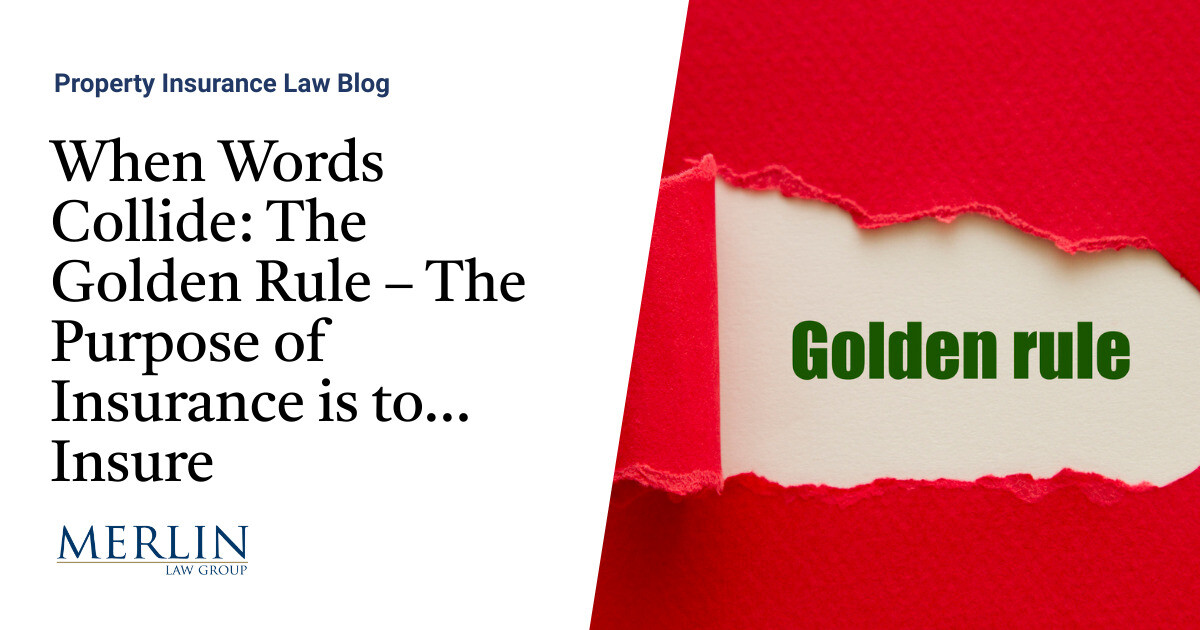Rumored Buzz on Pacific Prime
Rumored Buzz on Pacific Prime
Blog Article
The Pacific Prime Diaries
Table of ContentsThe Ultimate Guide To Pacific PrimeThe Pacific Prime StatementsThe smart Trick of Pacific Prime That Nobody is Talking AboutThe Buzz on Pacific PrimeThe Definitive Guide to Pacific Prime

This is because the data were gathered for a duration of solid economic performance. Of the approximated 42 million individuals who were uninsured, just about regarding 420,000 (concerning 1 percent) were under 65 years of age, the age at which most Americans become qualified for Medicare; 32 million were grownups in between ages 18 and 65, about 19 percent of all grownups in this age; and 10 million were kids under 18 years of age, about 13.9 percent of all youngsters (Mills, 2000).
These quotes of the variety of individuals without insurance are generated from the annual March Supplement to the Present Populace Study (CPS), conducted by the Census Bureau. Unless otherwise noted, national quotes of individuals without medical insurance and percentages of the populace with various sort of coverage are based on the CPS, the most commonly utilized resource of price quotes of insurance coverage and uninsurance prices.
Not known Facts About Pacific Prime

Still, the CPS is particularly beneficial since it produces yearly quotes relatively rapidly, reporting the previous year's insurance protection estimates each September, and because it is the basis for a regular collection of quotes for more than 20 years, enabling analysis of trends in coverage in time. For these factors, along with the considerable use the CPS in various other research studies of insurance policy coverage that are presented in this report, we rely on CPS estimates, with constraints noted.

The estimate of the number of without insurance people broadens when a populace's insurance policy condition is tracked for numerous years. Over a three-year period starting early in 1993, 72 million people, 29 percent of the united state population, lacked insurance coverage for at least one month. Within a solitary year (1994 ), 53 million individuals experienced at the very least a month without insurance coverage (Bennefield, 1998a)
6 out of every ten without insurance adults are themselves used. Working does boost the likelihood that one and one's household members will have insurance, it is not an assurance. Even participants of families with 2 full-time wage income earners have nearly a one-in-ten chance of being without insurance (9.1 percent uninsured price) (Hoffman and Pohl, 2000).
Pacific Prime Fundamentals Explained
New immigrants account for a considerable percentage of people without medical insurance. One analysis has associated a substantial section of the recent growth in the size of the U.S. uninsured populace to immigrants that got here in the nation in between 1994 and 1998 (Camarota and Edwards, 2000). Current immigrants (those who concerned the United States within the past 4 years) do have a high More hints price of being without insurance (46 percent), but they and their kids represent simply 6 percent of those without insurance policy country wide (Holahan et al., 2001).
The relationship in between medical insurance and access to care is well established, as documented later in this chapter. Although the connection between medical insurance and health and wellness results is neither direct nor basic, an extensive medical and health services study literary works web links medical insurance coverage to improved access to care, better top quality, and boosted individual and populace wellness standing.
Degrees of analysis for analyzing the results of uninsurance. It focuses particularly on those without any kind of health insurance policy for any length of time.
The Buzz on Pacific Prime
The problems faced by the underinsured are in some respects similar to those dealt with by the uninsured, although they are usually much less serious. Health insurance coverage, however, is neither needed neither enough to gain accessibility to medical solutions. The independent and direct impact of health insurance policy coverage on accessibility to health solutions is well established.
Others will certainly obtain the wellness care they need also without medical insurance, by paying for it expense or seeking it from service providers who supply care complimentary or at extremely subsidized rates. For still others, wellness insurance coverage alone does not guarantee receipt of treatment due to various other nonfinancial barriers, such as an absence of healthcare companies in their area, limited accessibility to transport, illiteracy, or linguistic and cultural distinctions.
Pacific Prime for Beginners
Formal research study concerning without insurance populations in the USA dates to the late 1920s and early 1930s when the Board on the Cost of Healthcare produced a collection of reports about funding physician office gos to and hospital stays. This problem ended up being prominent as the varieties of medically indigent climbed during the Great Anxiety.
Report this page